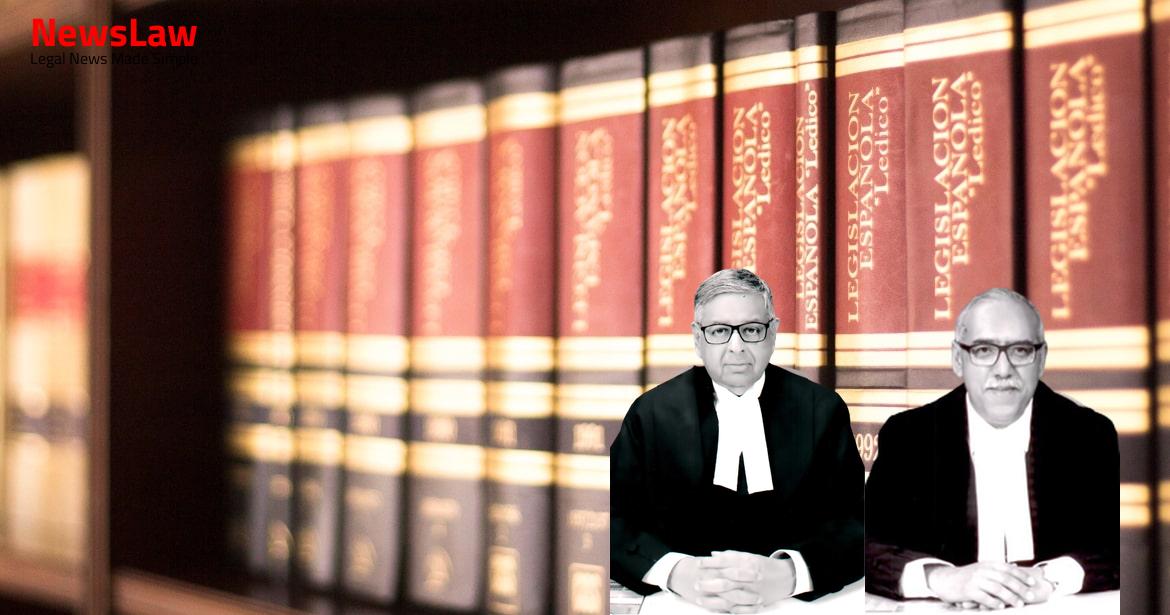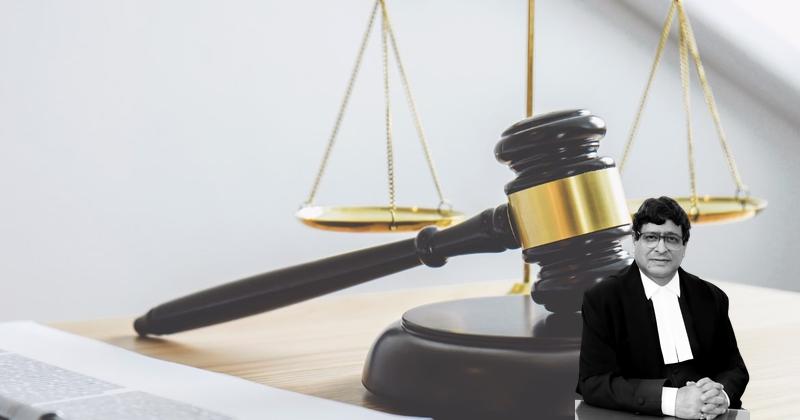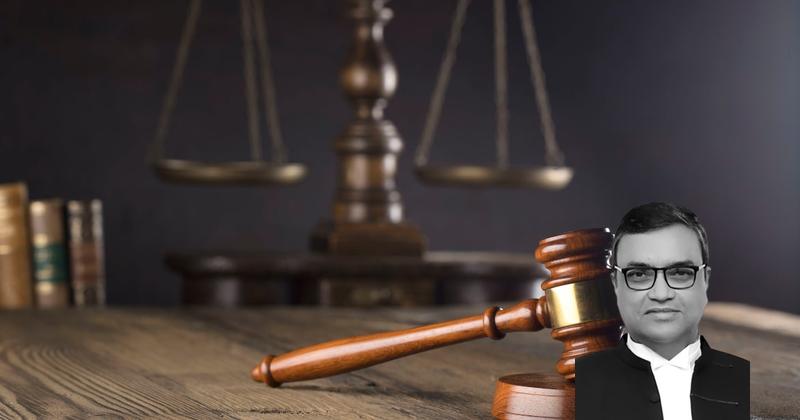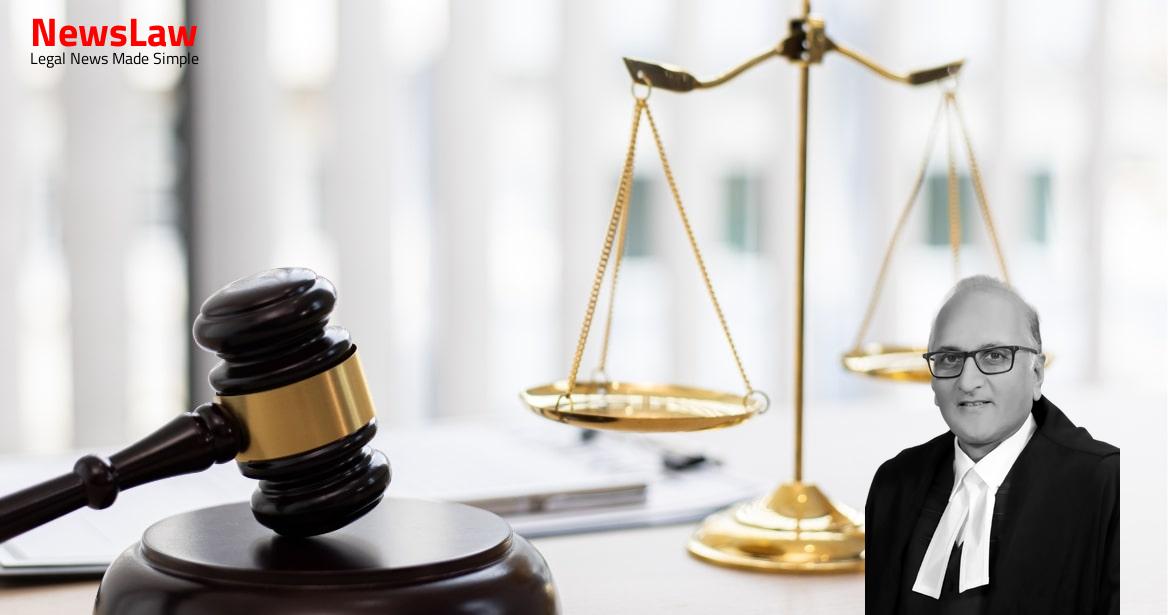In a groundbreaking ruling by the Supreme Court of India, the case involving the classification of heinous offences under the Juvenile Justice Act has been resolved. The judgment impacts how juvenile offenders are treated under the law and sets a new precedent for legal interpretation in such cases. This decision establishes important guidelines for the protection and rehabilitation of children in conflict with the law.
Facts
- The Family Assistance Coordinator (FAC) reviewed the case.
- The FAC determined that the best interests of the child were not met.
- The FAC recommended the continuation of the child’s current placement.
Also Read: Interpretation of Pre-deposit Requirement under SARFAESI Act
Issue
- Whether an offence with a maximum sentence of over 7 years but no minimum, or a minimum sentence of less than 7 years, can be considered a ‘heinous offence’ under The Juvenile Justice (Care and Protection of Children) Act, 2015 is the primary issue in the case.
- The juvenile ‘X’ is accused of an offence under Section 304 of the Indian Penal Code which carries a maximum punishment of imprisonment for life or up to 10 years and fine, with no minimum sentence specified.
Also Read: Inquiry and Cooperation: NCPCR vs. WBCPCR Judgment
Analysis
- The Act of 2000 defined a juvenile or child as a person below 18 years of age.
- There was a gap in the Act regarding certain categories of offences not being classified.
- The Court deliberated on the interpretation of ‘heinous offences’ under the Act.
- Arguments were presented on whether the word ‘minimum’ should be removed from the definition of ‘heinous offences’.
- The intention of the Legislature in classifying offences under the Act was debated.
- The Act of 2015 aimed to protect children in conflict with the law and outlined specific procedures.
- The issue of how to classify certain offences falling in a specific category was addressed.
- The Court discussed the power of interpretation in legislative matters.
- Various rules and Acts related to juvenile justice were referred to for context and comparison.
- The Act of 2015 brought changes in the treatment of juveniles involved in serious crimes.
- The Court emphasized the need for legislative clarity in dealing with juvenile offenders.
- In Salil Bali vs Union of India and Another, the writ petition seeking reconsideration of Sections 2(k), 2(l), and 15 of the Act of 2000 was rejected by the Court.
- The House of Lords in a similar case held that certain words in a statute should be treated as surplusage if they were introduced due to incompetent draftsmanship.
- The Golden Rule of Interpretation, as laid down in Grey vs Pearson by the House of Lords, emphasizes adhering to the grammatical sense of words unless it leads to absurdity or inconsistency.
- Sheela Barse(II) and others vs. Union of India and others observed the need for vigorous implementation of Childrens’ Acts in States.
- The Court, in Vasant Ganpat Padave vs Anant Mahadev Sawant, highlighted the importance of not modifying words in a statute unless absolute necessity demands it.
- Justice G.P. Singh’s treatise on statutory interpretation mentions the doctrine of surplusage limiting strict construction of statutes.
- The principle laid down by the Privy Council in Salmon vs Duncombe states the seriousness of rendering a statute to nullity due to incompetence or ignorance in drafting.
- The Juvenile Justice Board conducts a preliminary assessment for child offenders accused of heinous offences to determine their mental and physical capacity, ability to understand the consequences of the offence, and the circumstances of the alleged offence.
- The categorization of offences into petty, serious, and heinous is based on the severity of the punishment under the law, with heinous offences carrying a minimum punishment of seven years or more.
- For serious offences, the Board follows the procedure for trial in summons cases under the Code of Criminal Procedure, 1973.
- The Children’s Court has the power to reassess the Board’s preliminary assessment for child offenders and decide on the need for trial as an adult or conduct an inquiry as a Board.
- Rehabilitation measures, including individual care plans and follow-up by probation officers or social workers, are mandated in the final order for children in conflict with the law.
- The Children’s Court ensures that child offenders found to be in conflict with the law are provided with reformative services during their stay in a place of safety.
- There are provisions for periodic follow-up reports on the progress and treatment of child offenders in the place of safety.
- The name of the Child in Conflict with Law was disclosed in the impugned judgment, which is a violation of the Act.
- Offences with a maximum sentence of more than 7 years but no minimum sentence or less than 7 years are to be treated as ‘serious offences’ until Parliament addresses this issue.
- This goes against the provisions of Section 74 of the Act of 2015 and previous court judgments.
Also Read: Prabhakar Tewari vs Vikram Singh and Malkhan Singh
Decision
- The judgment directs that a copy be sent to specific government officials for action.
- The named officials must address the issue raised in the judgment either through Parliament action or by Executive issuance of an Ordinance.
- These directions will be in effect until action is taken.
- Any pending applications are disposed of as a result of this judgment.
- The High Court is instructed to correct the judgment by removing the name of the Child in Conflict with Law.
Case Title: SHILPA MITTAL Vs. STATE OF NCT OF DELHI (2020 INSC 25)
Case Number: Crl.A. No.-000034-000034 / 2020



